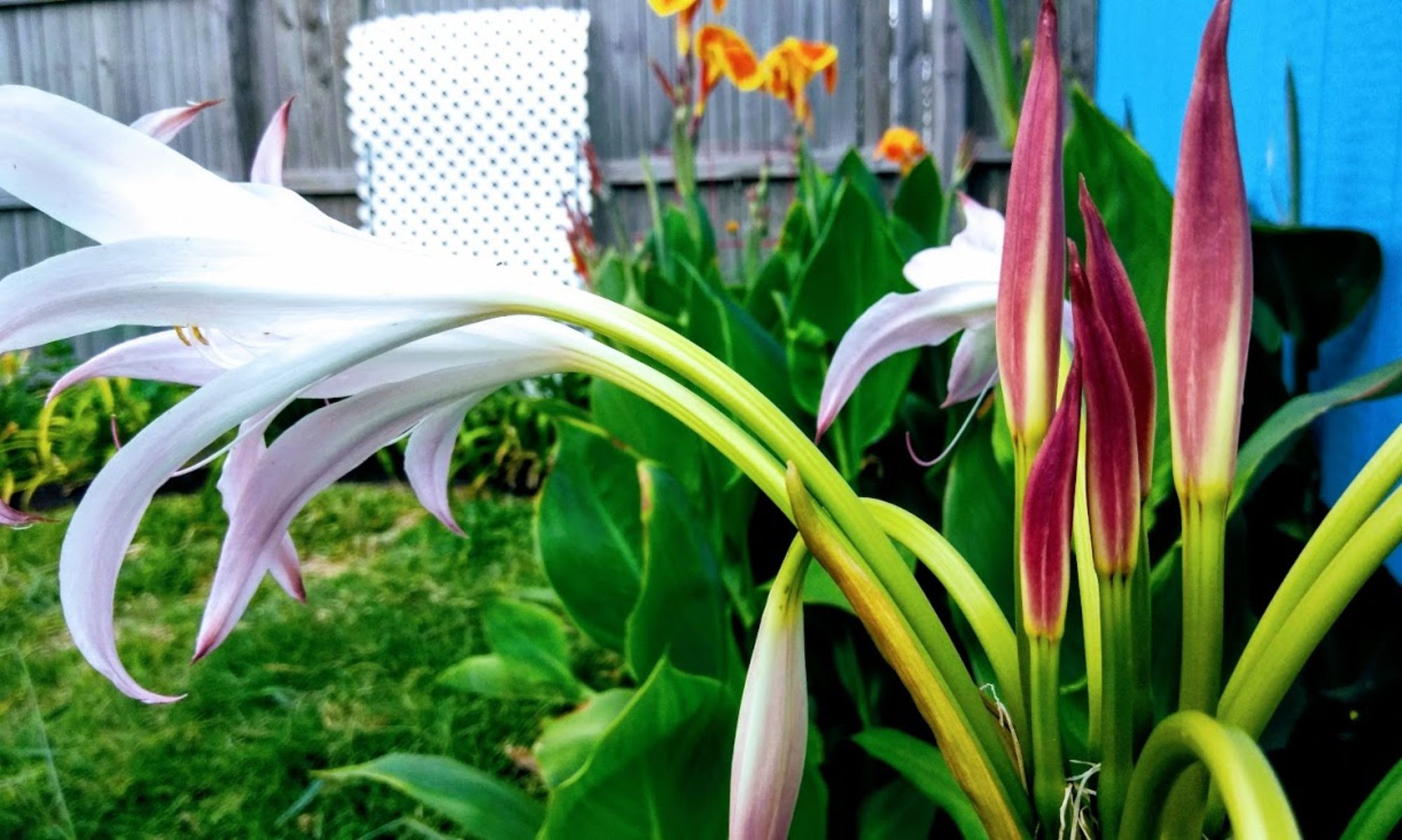 The Skyscraper Sunflower is just one of the funnest sunflowers to grow! It is SO large, so tall and so bright that I do believe every Bee in the nation can see it! Or at least it seems that way as they all fight for space across its giant Yellow flowers.
The Skyscraper Sunflower is just one of the funnest sunflowers to grow! It is SO large, so tall and so bright that I do believe every Bee in the nation can see it! Or at least it seems that way as they all fight for space across its giant Yellow flowers.
About Skyscraper Sunflowers
The Skyscraper sunflower earns its name as it is one of the tallest  sunflowers there is to grow! This baby here grew fifteen feet high and was actually slightly taller than the roof of my house! As a result, you can see from the photo above the flower head was a good thirteen inches across. Not only are the flowers beautiful the drying stage and the seeds are beautiful as well.
sunflowers there is to grow! This baby here grew fifteen feet high and was actually slightly taller than the roof of my house! As a result, you can see from the photo above the flower head was a good thirteen inches across. Not only are the flowers beautiful the drying stage and the seeds are beautiful as well.
Skyscrapers also produce the largest sunflower seeds making them the best to eat! Their colors range from bright white with gray stripes to light and dark grays and their seed heads are just amazing to look at!

Tips on Growing Skyscraper Sunflowers
- Skyscrapers grow best in zones 3-9 and need full sun all day long if possible.
- SF Home Gates recommends tilling the soil to around two feet deep in prep for these giants. That may be the best for sure as their root systems are solid. However, I will be honest I did not till more than 10 inches and they still grew well.
- Sunflowers like well-drained soil, no water should be standing as it will cause root rot.
- Sow seeds directly in the ground after all danger of frost. Seeds can take approximately 10 days to germinate.
- Water deeply two times a week rather than short bursts of watering each day. This will help your sunflowers grow deeper root systems preparing them for the heat. You can see more about watering in the article, "Helping Plants Survive the Heat"
- These plants are large so give them room to spread. Plant 2-3 seeds per section approximately 18-24 inches apart. Thin to the strongest plant in the grouping once established.

- Plants should mature in approximately 60-75 days.
- Use fish emulsion once a month on these giants!
Challenges with Skyscrapers Sunflowers
- Aphids love sunflowers! This is actually what makes them such a good companion plant as I swear they will go there before your other plants. Be on the look out for them under their giant leaves and act quickly or they will soon look like this!

- Ants will often congregate around sunflowers you can sprinkle DE at the base of the plants to avoid this.
- Sunflower Months of course are one of the largest predators as they actively seek sunflowers to lay their eggs in. Read about managing sunflower moths in The Article "The Sunflower Moth"
Companion Plants
- Squash
- Beans
- Corn
- Cabbage
- Cucumbers
- Peppers
- Tomatoes





You must be logged in to post a comment.